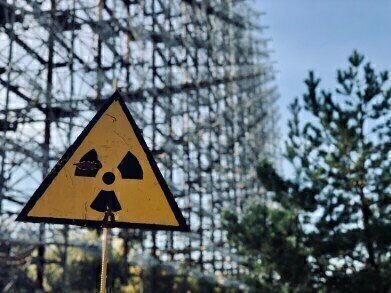Safety
What is a Hazardous Environment?
Oct 24 2014
At any given time, thousands of people across the globe are required to work in hazardous environments. These include anything from off-shore oil rigs to mines of all shapes and sizes, used to harvest coal, copper or many other elements. Often, those working in such environments do so at enlarged risk to their own personal safety.
Since the term is such a broad one, it is useful to have a working framework by which a hazardous environment can be identified and defined. Workplaces which involve any of the following could be reasonably described as hazardous environments:
- Flammable Substances. Industries such as oil and gas mining work in highly-sensitive locations, where one wrong move or misjudgement of the atmosphere could lead to disaster. As such, the chemicals in the air need to be carefully monitored. The article New Flame Detector Offers Superior Protection in most Hazardous Environments discusses the desperate need to monitor such chemicals and the technology rising to meet it.
- Airborne Contaminants. Pollution in the air is often widespread around chemical plants and other places of work where contaminants are not contained. This can cause respiratory problems, visual impairment or even more catastrophic problems.
- Poor Air Quality. Air does not necessarily have to be contaminated to be dangerous. Low oxygen or high dust levels can be fatal.
- Falling Objects. Construction sites often involve levels of scaffolding where falling objects are commonplace. When these are not properly accounted for using safety measures, such as waste disposal chutes, crash nets or barriers, they can cause injury or death.
- Extreme Temperatures. Extreme heat (in deserts, furnaces and enclosed, stuffy spaces) or extreme cold (in freezers or hostile outdoor conditions) can lead to heat strain or hypothermia, respectively. Both can be fatal.
- Extreme Decibel Levels. Prolonged exposure to excessive noise can damage or destroy hearing capabilities, or cause even more serious problems.
Of course, there are other concerns which contribute to the hazardous nature of an environment as well. Indeed, the equipment which is to be used in an environment can often increase the chances of accident and injury in the workplace. Therefore, it is doubly necessary that when such equipment is used in one of the kinds of environments listed above, precautions are taken.
There is a standard of safety which is applied to equipment or instruments being used in the workplace - these are often known as being “intrinsically safe”. However, as this article, Hazardous Environment - Focus on the Area of Use for Device Selection, points out, this term is somewhat misleading, as it is something of a blanket definition covering various facets of safety. “Intrinsically safe” can cover explosion-proof devices, purge-and-pressurise devices and encapsulated devices, among others.
Digital Edition
PIN 25.4 Aug/Sept
September 2024
Analytical Instrumentation - Novel and Rapid LSC method for the analysis of biogenic carbon in fuels Measurement and Testing - Matrix evaluation on the Xplorer-V with Vectra autosampler accordi...
View all digital editions
Events
Nov 04 2024 Abu Dhabi, UAE
Nov 04 2024 Kigali, Rwanda
Nov 05 2024 Toronto, Canada
Nov 05 2024 Paris, France
Nov 12 2024 Cologne, Germany



















